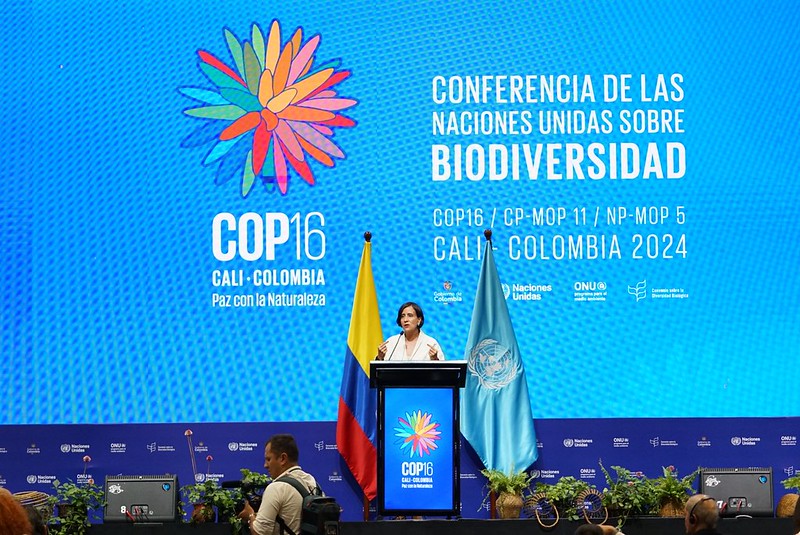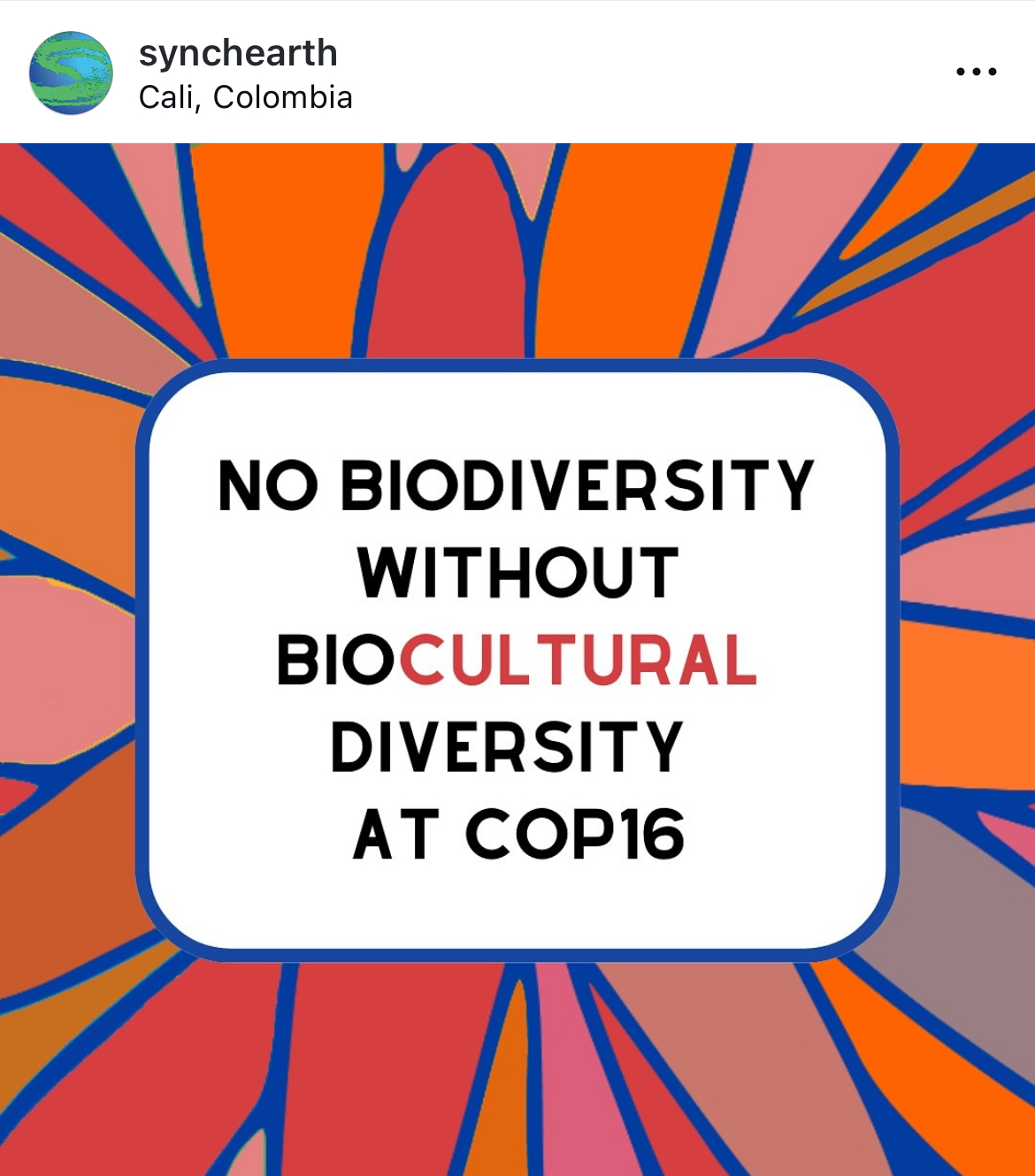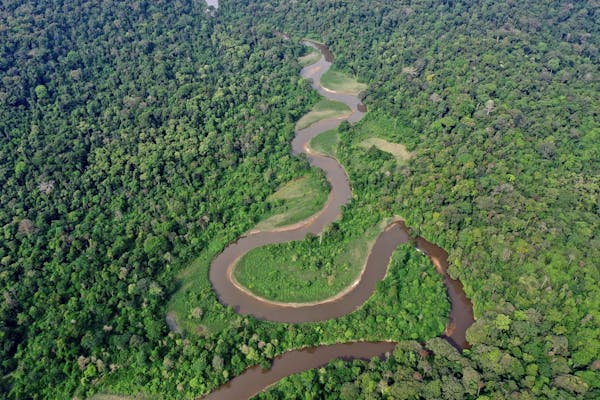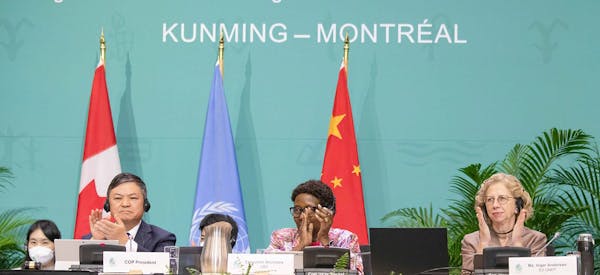What is COP16, and why does it matter?
- Nature Conservation
- Biodiversity
- Policy & Governance
- Andes Mountains & Pacific Coast
- Southern America Realm
As we grapple with a rapidly escalating ecological crisis, our collective future depends on the urgent steps we take to protect nature. From October 21 to November 1, 2024, global leaders, environmental organizations, and civil society will gather in Cali, Colombia, for the 16th UN Biodiversity Conference of the Parties (COP16). This meeting is an opportunity to change the course of environmental degradation, protect biodiversity, and build a sustainable future.
The biodiversity crisis: Why we must ACT NOW
Around the world, the signs of ecological collapse are undeniable. Wildfires, heatwaves, and deforestation are becoming the norm, while species are disappearing at an alarming rate. In fact, the latest Living Planet Report shows that the average size of wildlife populations has declined by 73% between 1970 and 2020. This staggering loss of biodiversity, driven by unsustainable land use, industrial agriculture, overfishing, and the relentless extraction of natural resources, is threatening the very systems that sustain life on Earth.
This crisis isn’t just an environmental issue—it’s a human one. Millions of people are already facing the impacts, from food insecurity and water shortages to displacement and declining public health. As ecosystems collapse, so do the essential services they provide—clean air, fresh water, and stable climates. With 85% of Gen Z expressing concern about the future of our planet, it’s clear that the next generation understands what’s at stake. The time to act is now, before the foundations of life on Earth are irreversibly damaged.

Colombia's Environment Minister Susana Muhamad at the opening ceremony of COP16. Image Credit: UN Biodiversity, Flickr.
What is COP16?
The UN Biodiversity COP16 is a critical international gathering where over 60 countries will discuss how to halt biodiversity loss and protect ecosystems. At COP15 in 2022, governments agreed on the Global Biodiversity Framework, a historic commitment to halt and reverse the destruction of nature. Now, COP16 offers a chance to turn those commitments into concrete action.
The meeting will bring together key stakeholders, including government negotiators, environmental organizations, financial institutions, and local communities. The goal: to create and enforce policies that will protect biodiversity and restore the ecosystems that support all life on Earth.
The need for systemic change
One of the main challenges facing COP16 is the current global economic system, which prioritizes profit and resource extraction at the expense of nature. Industries like large-scale agriculture, industrial fishing, and fossil fuels continue to deplete ecosystems at unsustainable rates. To protect biodiversity, we must move beyond short-term economic gain and adopt a new model that values the health of our planet and people over profits.
Political leaders must implement policies that regulate harmful industries, enforce environmental protections, and provide financial support for sustainable solutions. Without bold action, the destruction of ecosystems—and the human suffering that follows—will continue to accelerate.
Target 3 of the Global Biodiversity Framework is a critical policy milestone of protecting 30% of the planet’s land and ocean by 2030. This is interim step toward safeguarding 50% of Earth’s lands and oceans, as outlined by The Global Safety Net (GSN), a blueprint by One Earth. The GSN highlights the need for bold, systemic solutions that protect critical ecosystems and stabilize the climate. By advancing these efforts, political leaders can create the framework needed to protect all life on Earth.

It is vital that Indigenous peoples and local communities (IPLCs) are heard at events like COP16, and that they are actively involved in decision making around climate and biodiversity strategies. Image Credit: Synchronicity Earth, Instagram.
Key actions for biodiversity protection
To truly address the biodiversity crisis, several actions are critical:
- End harmful subsidies: Governments must stop subsidizing industries that destroy ecosystems, such as industrial agriculture and deep-sea mining. Redirecting financial support toward sustainable practices is key.
- Support Indigenous communities: Indigenous peoples and local communities (IPLCs) are some of the most effective stewards of biodiversity. It is vital to ensure they have access to the funding and resources they need to protect their lands, along with the rights to manage them without external exploitation.
- Establish protected areas: Marine and terrestrial protected areas must be expanded and well-managed to allow ecosystems to recover and flourish. These areas are essential for preserving biodiversity and fighting climate change.
Why COP16 matters for us all
The stakes at COP16 couldn’t be higher. The decisions made in Cali will shape the future of biodiversity and climate action for years to come. As the world watches, it is up to all of us to hold our leaders accountable and demand real, lasting change. The biodiversity and climate crises are interconnected, and their solutions must be as well.
Together, we can ensure that nature’s ability to sustain life is protected. Now is the time to raise our voices, support systemic change, and build a future where nature and humanity thrive in harmony.
Explore Nature Conservation Solutions.png?auto=compress%2Cformat&w=1440)



